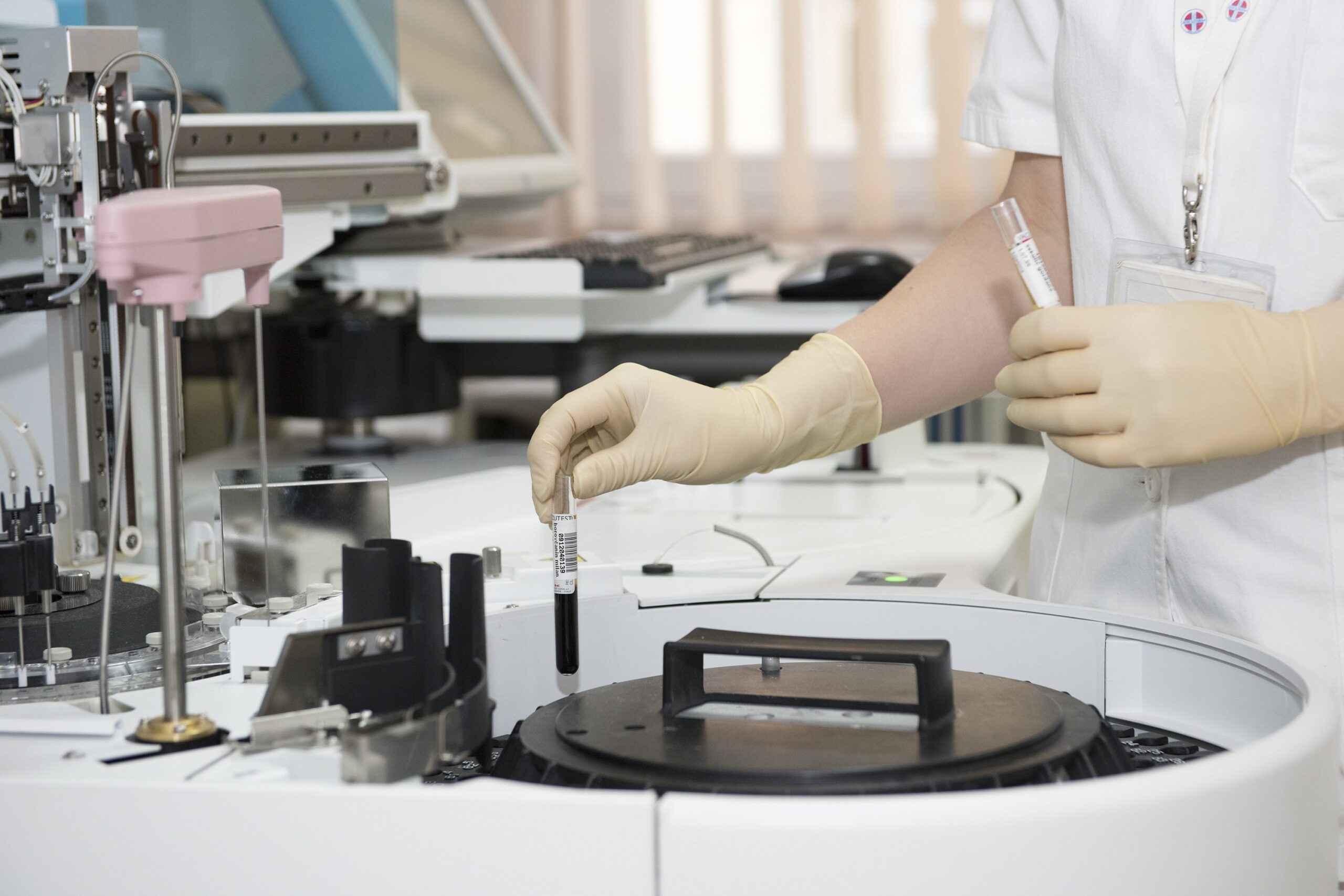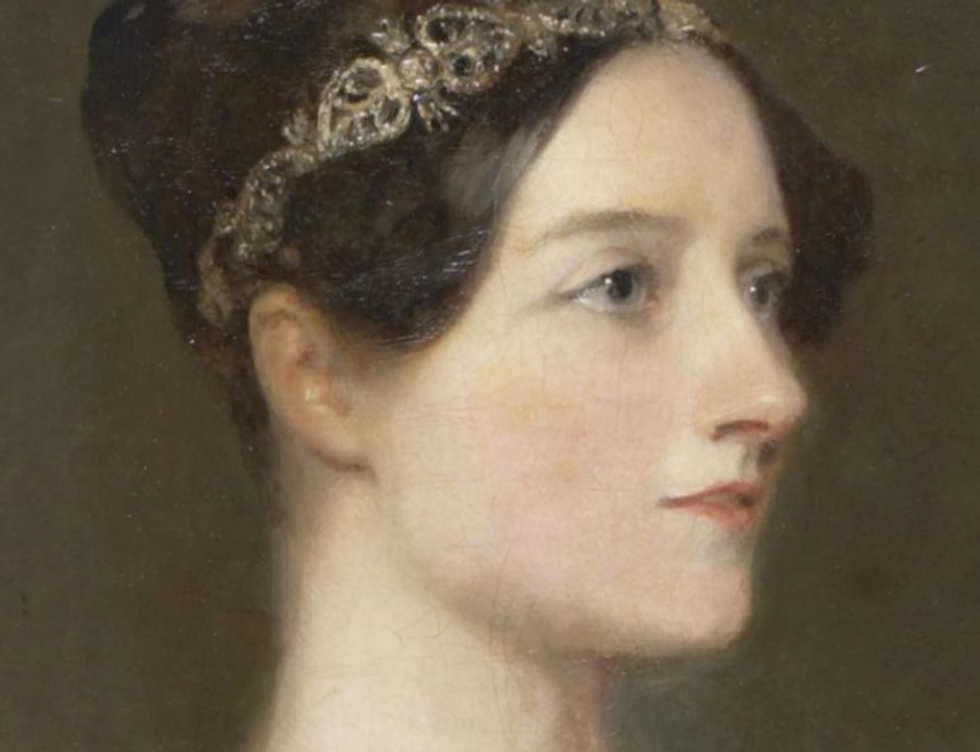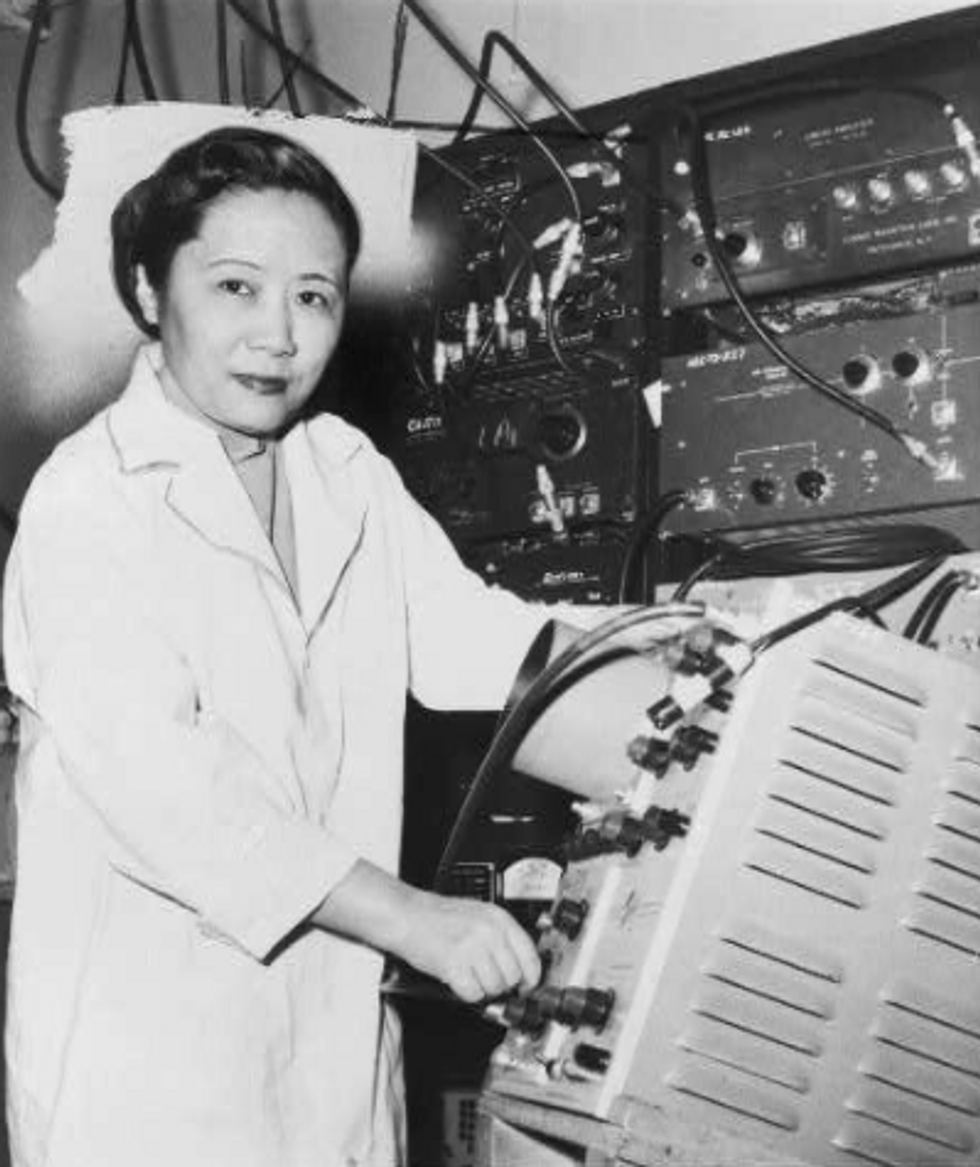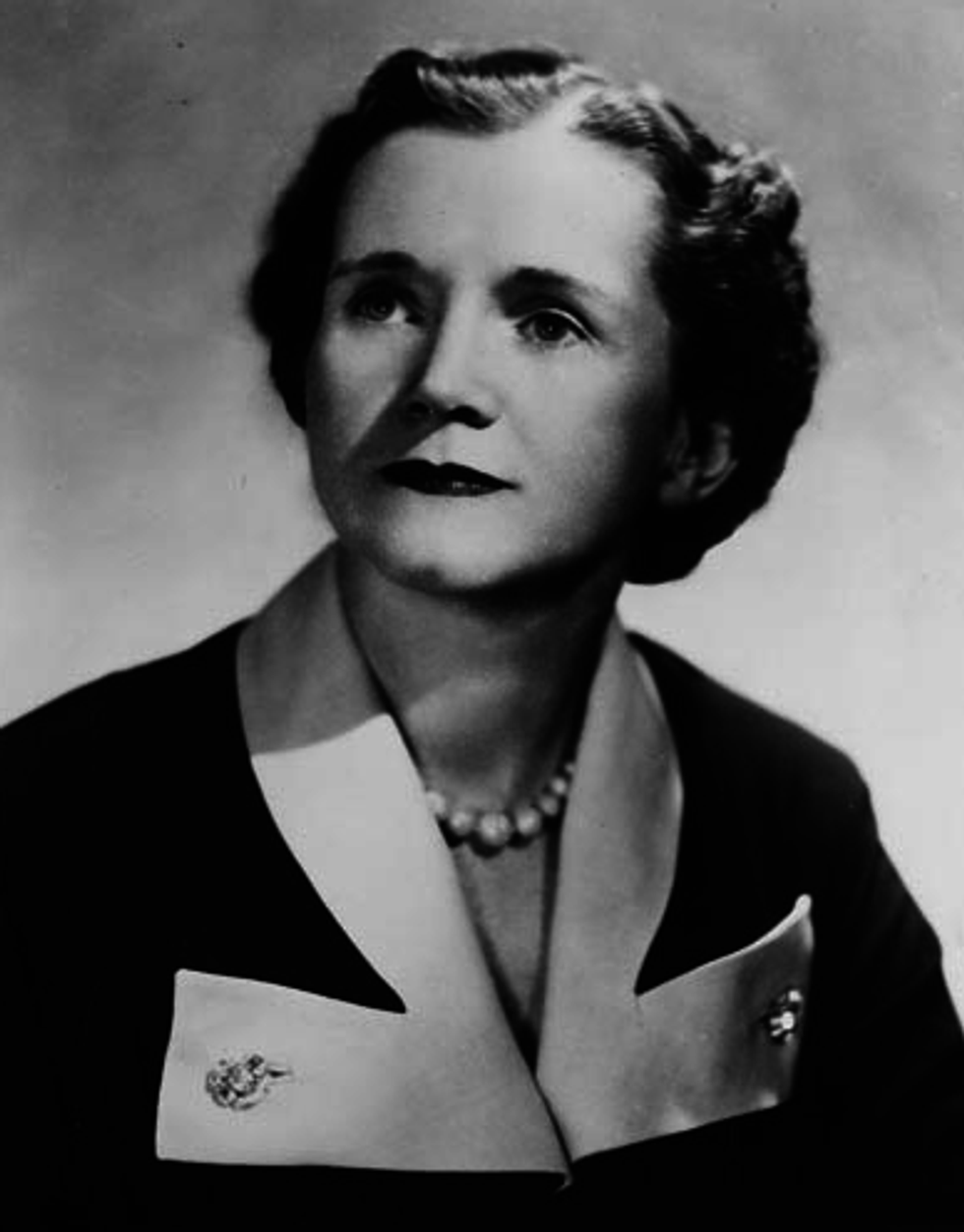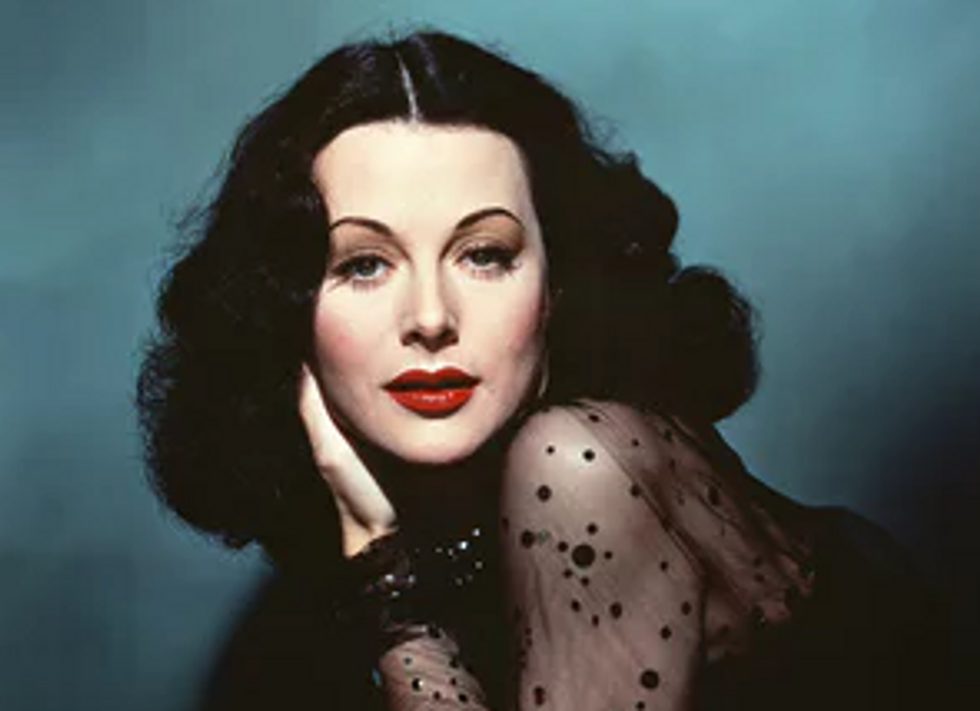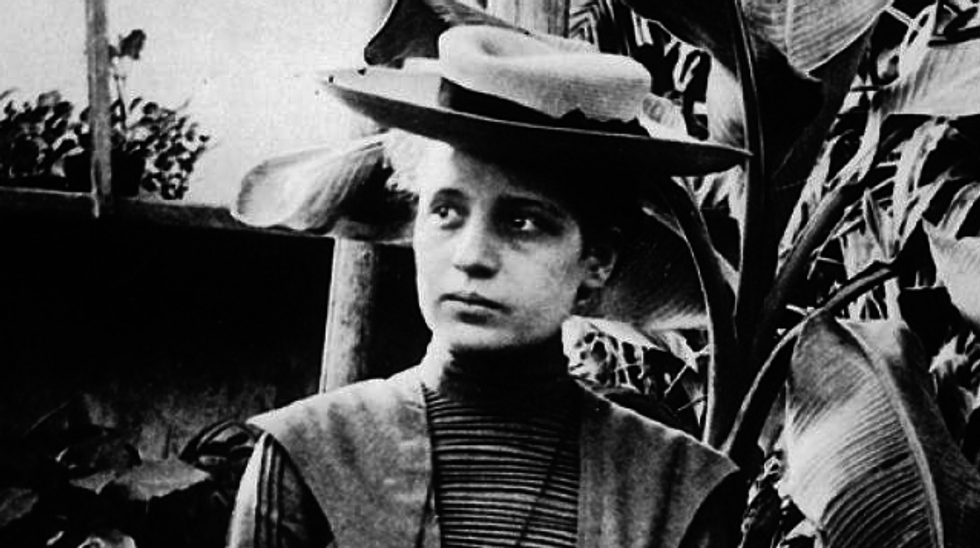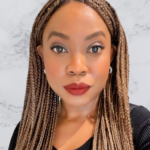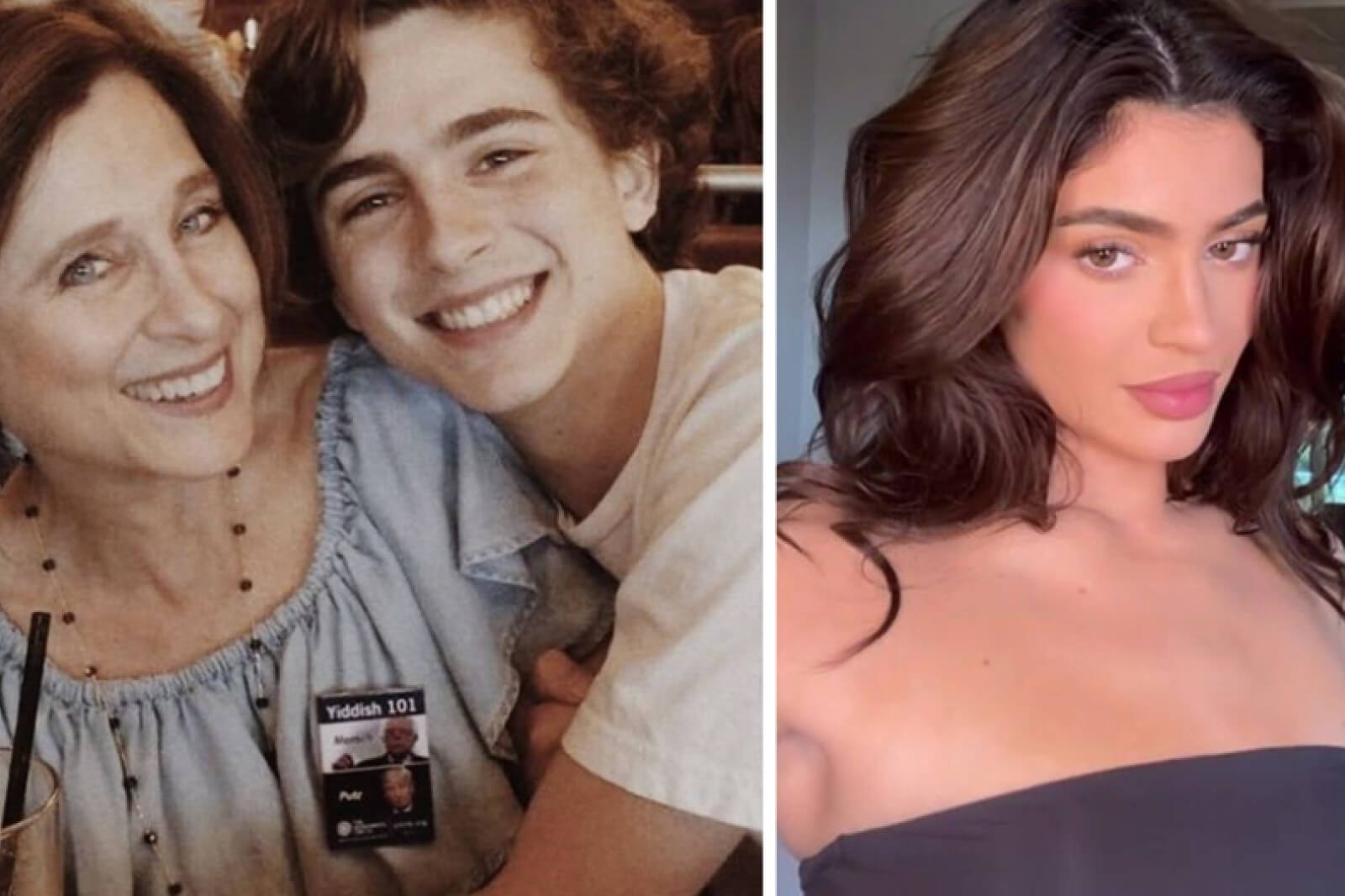The success of movies like Hidden Figures and The Immortal Life of Henrietta Lacks have made clear how hungry our culture is for the stories of unsung women, whose invaluable contributions to science have gone untold—until now.
Today we’re looking at some of the most important women in STEM, women who implicitly understood the advice Einstein gave to an aspiring young scientist who wrote him in 1946 “I hope you will not think any the less of me for being a girl!” she wrote at the end of her letter. “I do not mind that you are a girl,” Einstein replied, “but the main thing is that you yourself do not mind. There is no reason for it.”
Ada Lovelace (1815-1852)
When British inventor, Charles Babbage, proposed the world’s first general-purpose computer, called the Analytical Engine, Lovelace was the first to see what such a machine was capable of. In 1843, she wrote algorithms that showcased the computer’s ability to not just calculate, but to create, as it wove “algebraic patterns just as the Jacquard loom weaves flowers and leaves.” It’s perhaps little wonder she had an instinct for the poetry in language as well as mathematics; her father was Lord Byron. She is known as the world’s first computer programmer.
Mary Anning (1799-1847)
Born into poverty in Lyme Regis on the southern coast of England, Anning’s family managed to scrape by collecting and selling fossils. In other words, Jeff Goldblum has Mary Anning to thank. Self-taught in geology, paleontology, anatomy and scientific illustration, Anning became one of the most prolific fossil hunters of her era, discovering the first ichthyosaurs, a large marine reptile, along with long-necked plesiosaurs, pterodactyl and hundreds, if not thousands, of other fossils.
Caroline Hershel (1750-1848)
Astronomer Caroline Hershel has a long list of firsts to her name: She was the first woman to discover a comet—and until the 1980s, held the record for the most comets discovered by a woman. She was the first woman to have her work published by the Royal Society, world’s oldest independent scientific academy. She was also the first British woman to be paid for her scientific work. And she was a rarity in that she received recognition for her work in her own time, receiving the King of Prussia’s Gold Medal of Science in 1846, two years before her death. More than a hundred years later, she was commemorated yet again with a seat at Judy Chicago’s famous art installation, “The Dinner Party”.
Chien-Shiung Wu (1912-1997)
While there were many women involved in the Manhattan Project, the United States’ top-secret effort during World War II to develop the first atomic bomb, Wu was one of very few women who contributed at the highest levels. Known as the “First Lady of Physics” and the “Chinese Marie Curie,” Wu was born in China and emigrated to the United States for her graduate work. Throughout her life she missed Chinese culture, often wearing traditional high-necked qipao dresses underneath her white lab coat. Physics was more than a job to her. “I have always felt,” she said “that in physics, and probably in other endeavors, too, you must have total commitment. It is not just a job, it is a way of life”.
Rosalind Franklin (1920-1958)
Every episode of Law & Order: SVU hinges on the work of Rosalind Franklin. Using x-ray diffraction, Franklin’s photographs of DNA — called “the most beautiful X-ray photographs of any structure ever taken”—qualitatively confirmed DNA’s double-helix structure. One of these images, known as Photo 51, became the basis for Crick and Watson’s famous model of DNA that earned them the Nobel Prize in 1962. Franklin died of ovarian cancer in 1958, at age 37.
Rachel Carson (1907-1964)
Trained as a marine biologist, Rachel Carson’s 1951 bestseller, The Sea Around Us, won her the National Book Award. But it was Silent Spring, her book on the poisonous effects of synthetic pesticides, and DDT in particular, that sparked a revolution. The data she based her work on was not new to the scientific community, but Carson was the first to bring the findings together to illustrate how pesticides worked their way up the food chain. Less than a year after its publication, 56 year-old Carson was dying of breast cancer and testified before a Senate subcommittee on pesticides. “Our heedless and destructive acts enter into the vast cycles of the earth and in time return to bring hazard to ourselves,” she told the subcommittee.
Hedy Lamarr (1914-2000)
If you have any affection for Old Hollywood glamour, Hedy Lamarr’s name likely rings a bell. In the late 1930s and 40s, the Austrian-born actress was heralded by studio executives as “the world’s most beautiful woman.” Less known about Lamarr are her contributions as an inventor. During World War II, torpedoes were controlled by radio frequencies that could be jammed, causing the torpedos to go off-course. In 1942, along with composer and pianist George Antheil, Lamarr patented a a frequency-hopping signal impervious to tracking and jamming. At the time, the U.S. Navy wasn’t receptive to inventions from civilians, but by 1962, a version of their design appeared on naval ships. Lamarr and Antheil’s work with spread spectrum technology contributed to the development of GPS, Bluetooth, and Wi-Fi.
Christine Darden (b. 1942)
One of history’s real Hidden Figures, Darden began as a “human computer” at NASA in 1967. She performed complex mathematical calculations for eight years before going toe-to-toe in a battle against institution sexism and racism. She skyrocketed through the ranks to emerge as a leader at NASA, becoming one of NASA’s first female aerospace engineers, a preeminent expert on supersonic flight and sonic booms, and the first black woman at Langley to be promoted into the Senior Executive Service, the top rank in the federal civil service. “I was able to stand on the shoulders of those women who came before me,” Darden said, “and women who came after me were able to stand on mine”.
Barbara McClintock (1902-1992)
One of the most influential geneticists of the century, McClintock is best known for her discovery that fragments of genetic material move among chromosomes, regulating the way genes control cells’ growth and development. Working with corn, she discovered genes can turn characteristics “on” and “off.” She worked independently throughout her life, regularly logging 12 hour-days, six days a week. Until only a few years before her death, she did not have a telephone, requesting that anyone who wanted to talk to her contact her by letter. In 1983, she won the Nobel Prize in Physiology or Medicine, the first woman to win an unshared Nobel Prize in that category and the third woman to win an unshared Nobel science prize. In 1911, Marie Curie was the first and Dorothy C. Hodgkin (another name to know) was the second in 1964, both for chemistry.
Lise Meitner (1878-1968)
In 1938, when Nazi troops marched into Austria, Jewish physicist Lise Meitner narrowly escaped to to Sweden. Later that same year, working with long-time collaborator Otto Hahn, Meitner discovered nuclear fission, one of the most powerful and dangerous discoveries in the history of humanity. “One could love one’s work and not always be tormented by the fear of the ghastly and malevolent things that people might do with beautiful scientific findings,” she wrote years later. After Hahn published their findings without crediting Meitner, she wrote to her brother: “I have no self confidence… Hahn has just published absolutely wonderful things based on our work together … much as these results make me happy for Hahn, both personally and scientifically, many people here must think I contributed absolutely nothing to it — and now I am so discouraged”. Hahn went on to win the Nobel Prize for his discovery in 1945. The element Meitnerium, created in 1982, is named in her honor.
Mildred S. Dresselhaus (1930-2017)
Called the “Queen of Carbon,” for her research on the electronic properties of materials, Dresselhaus was a tireless promoter of women in STEM. In 1968, she was the first woman to secure a full professorship at M.I.T., and in 1971 organized the first Women’s Forum at M.I.T. to explore the roles of women in science; today, women make up 22 percent of the faculty at M.I.T. In her career, she co-authored eight books, published more than 1,700 papers and won scores of prizes, including the National Medal of Science and the Presidential Medal of Freedom. She also got a star in a General Electric commercial released last year. “What if we treated great female scientists like they were stars?” the narrator asks. “What if Millie Dresselhaus were as famous as any celebrity?”
We’ll leave you with with the words of astronomer Maria Mitchell, yet another STEM name to know: “No woman should say, ‘I am but a woman!’ But a woman! What more can you ask to be?”

